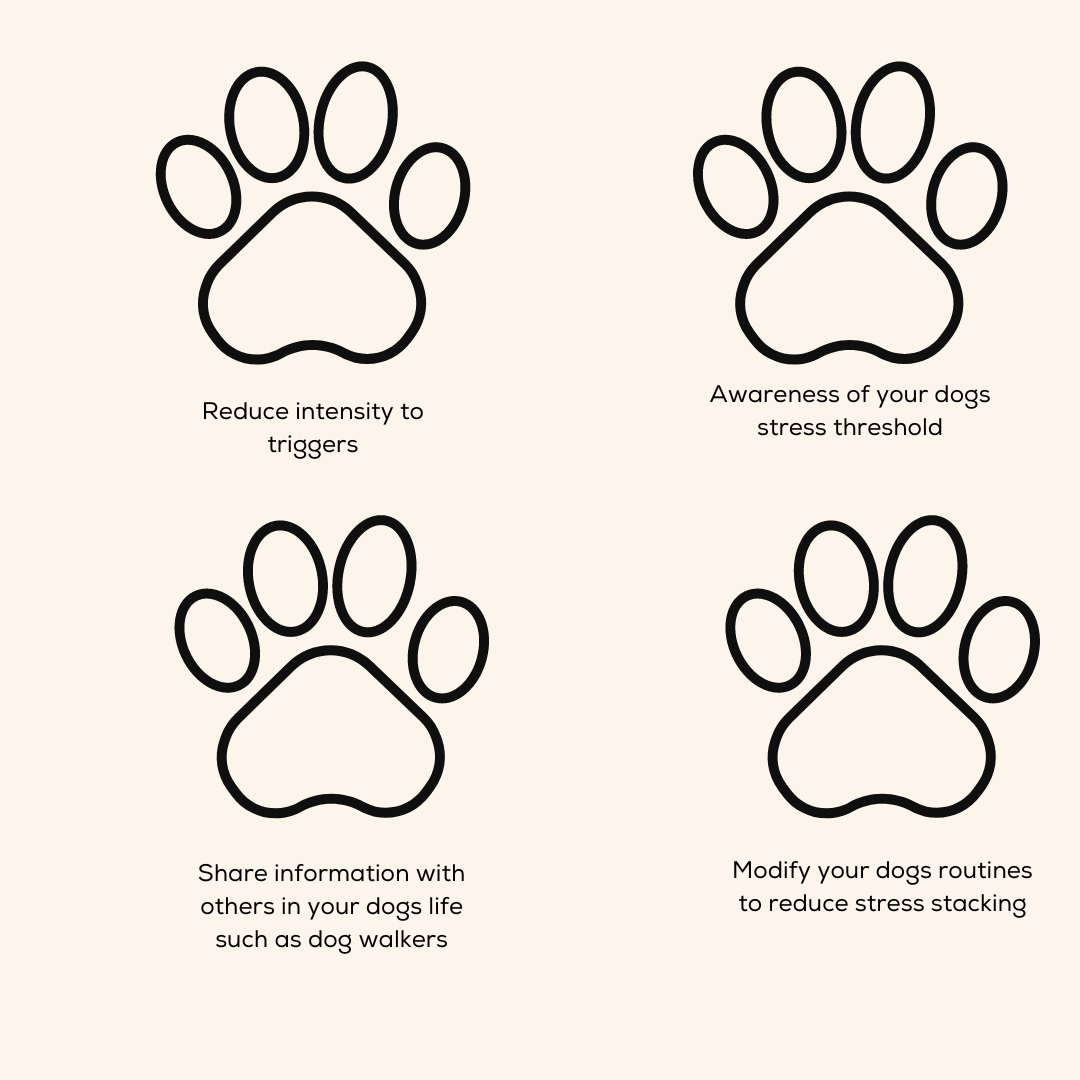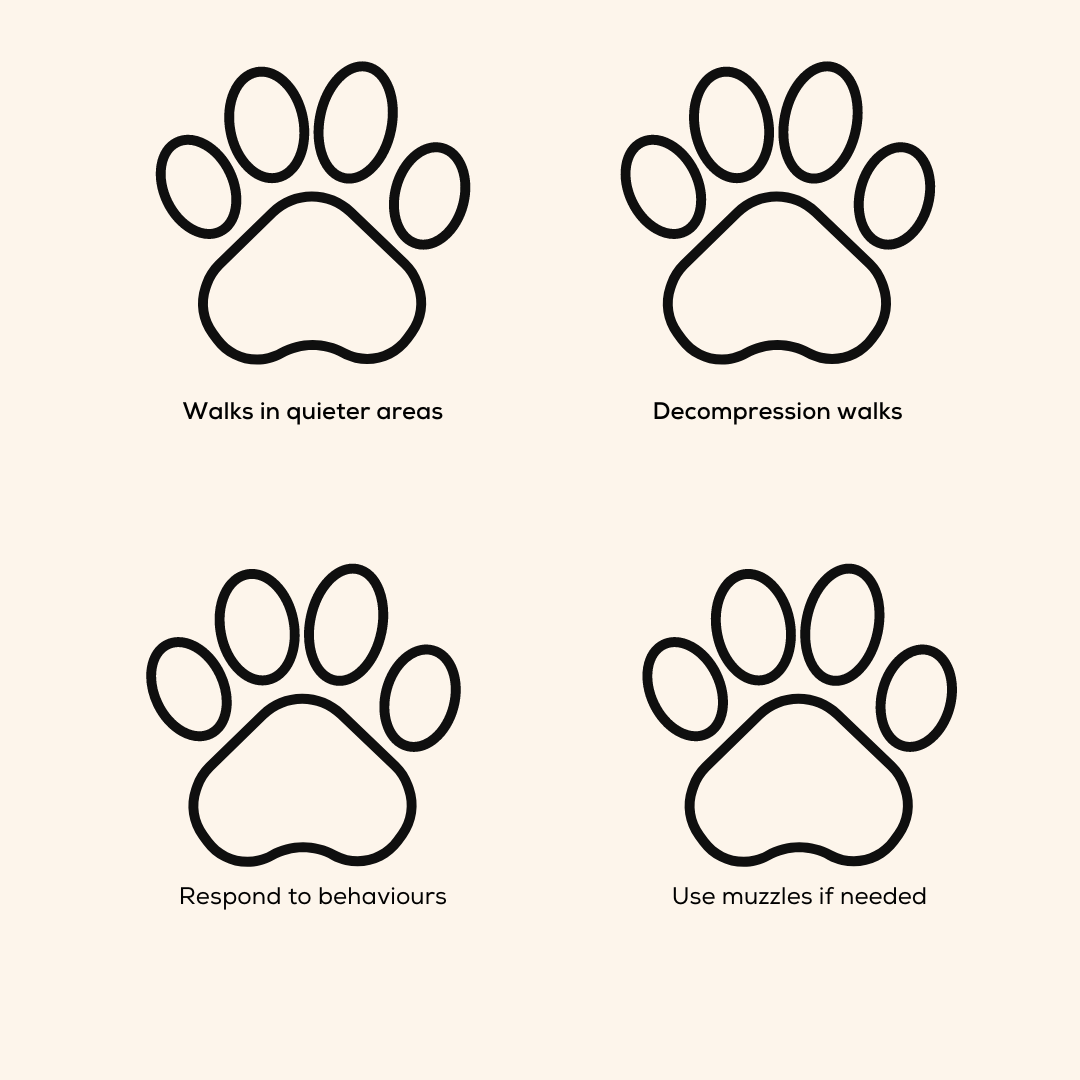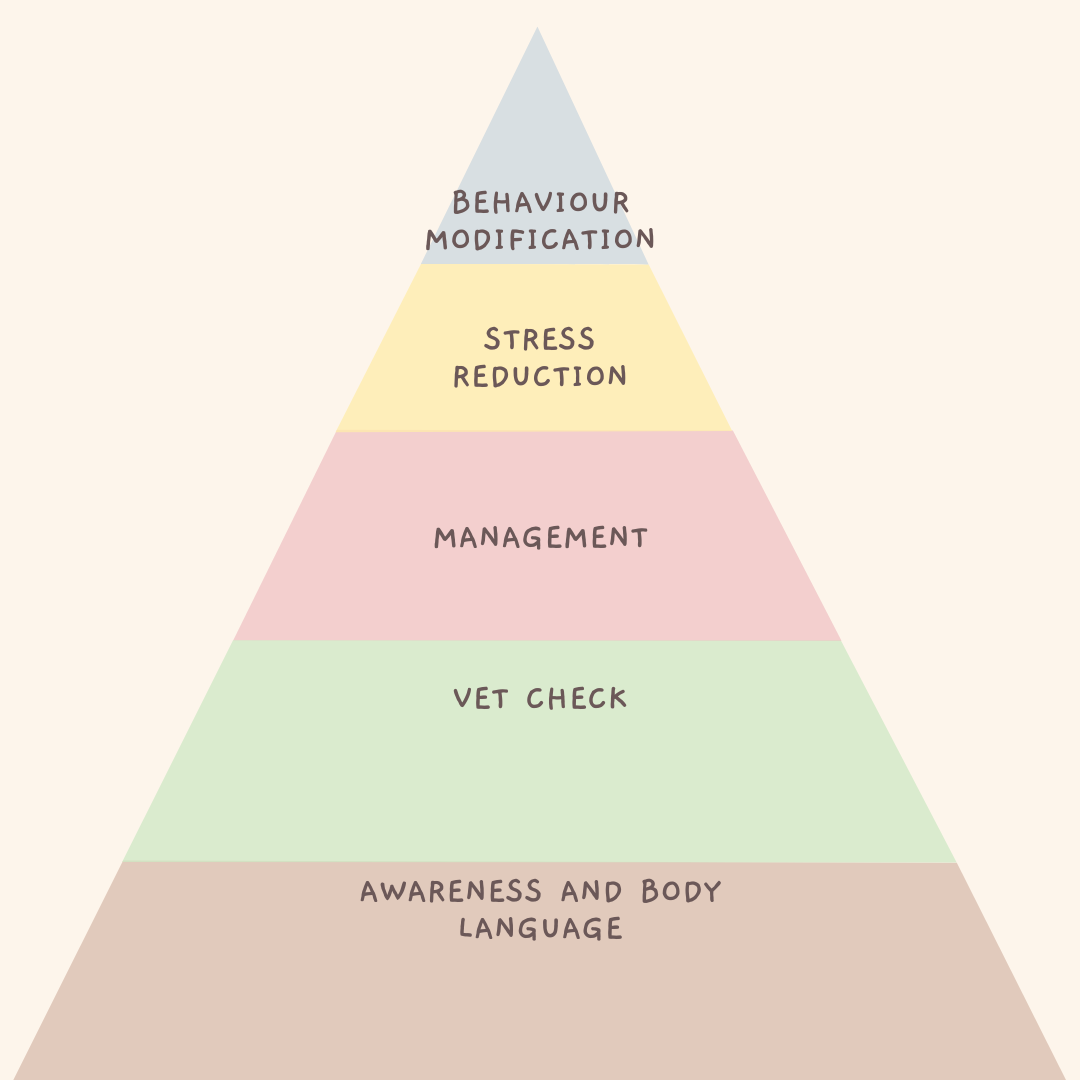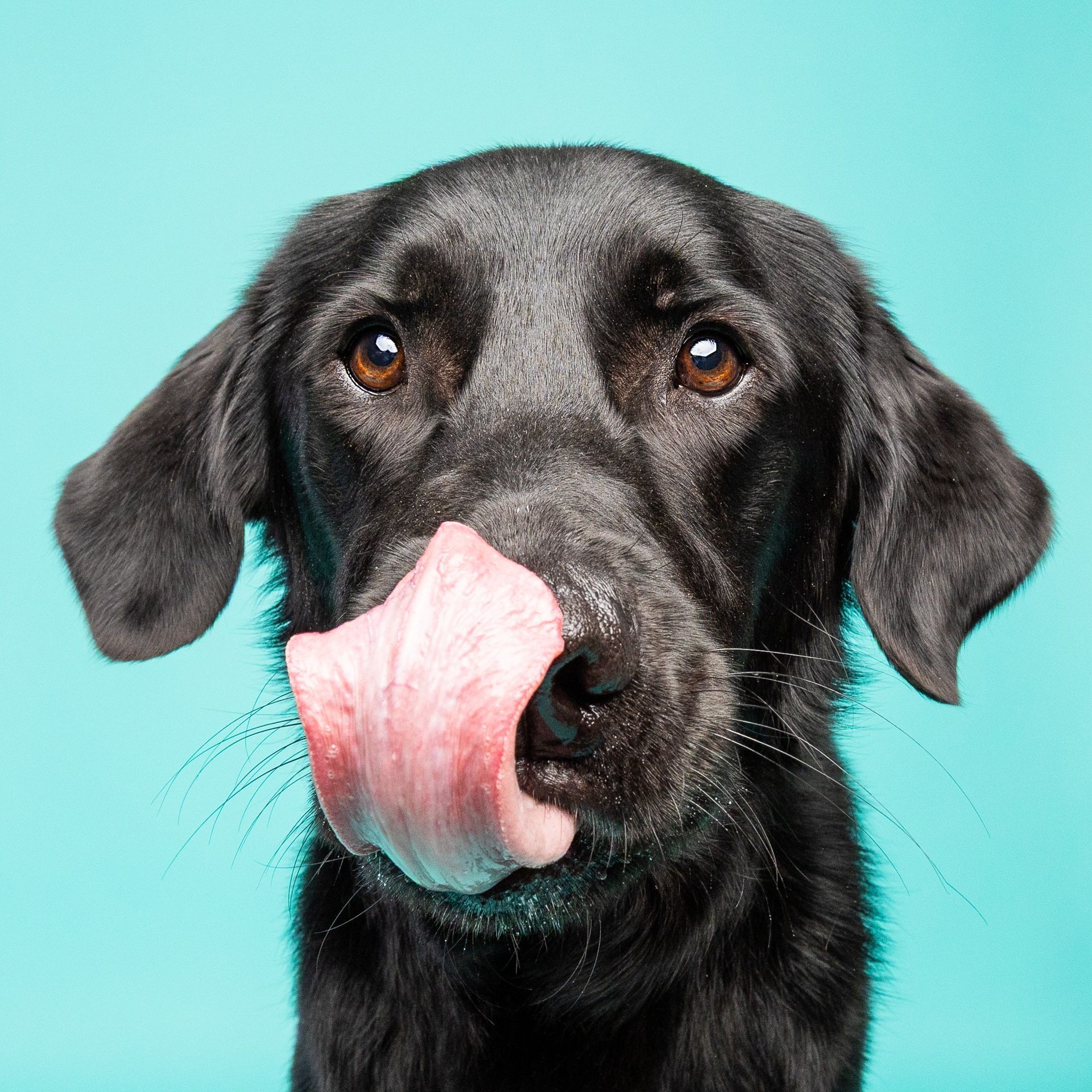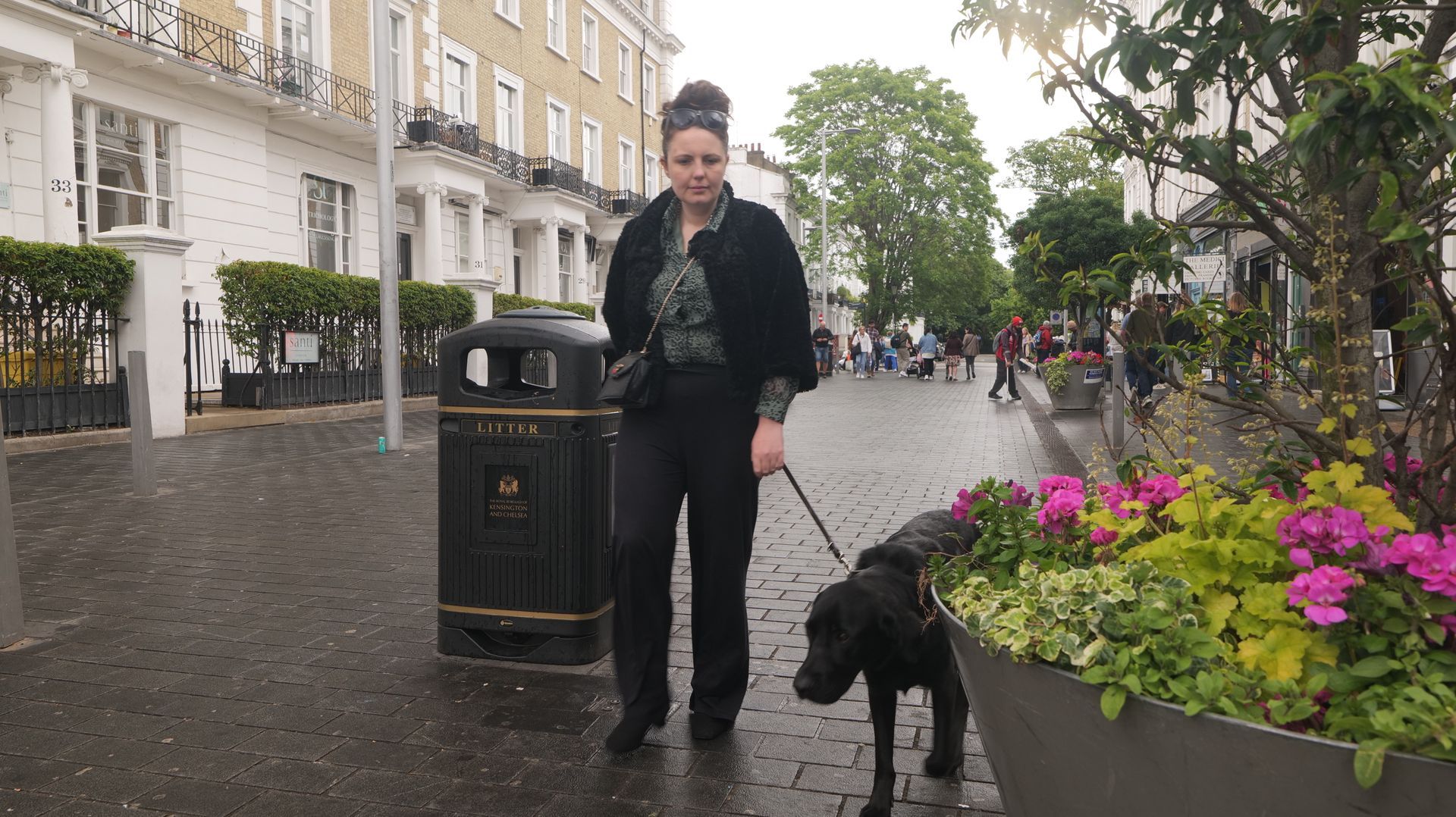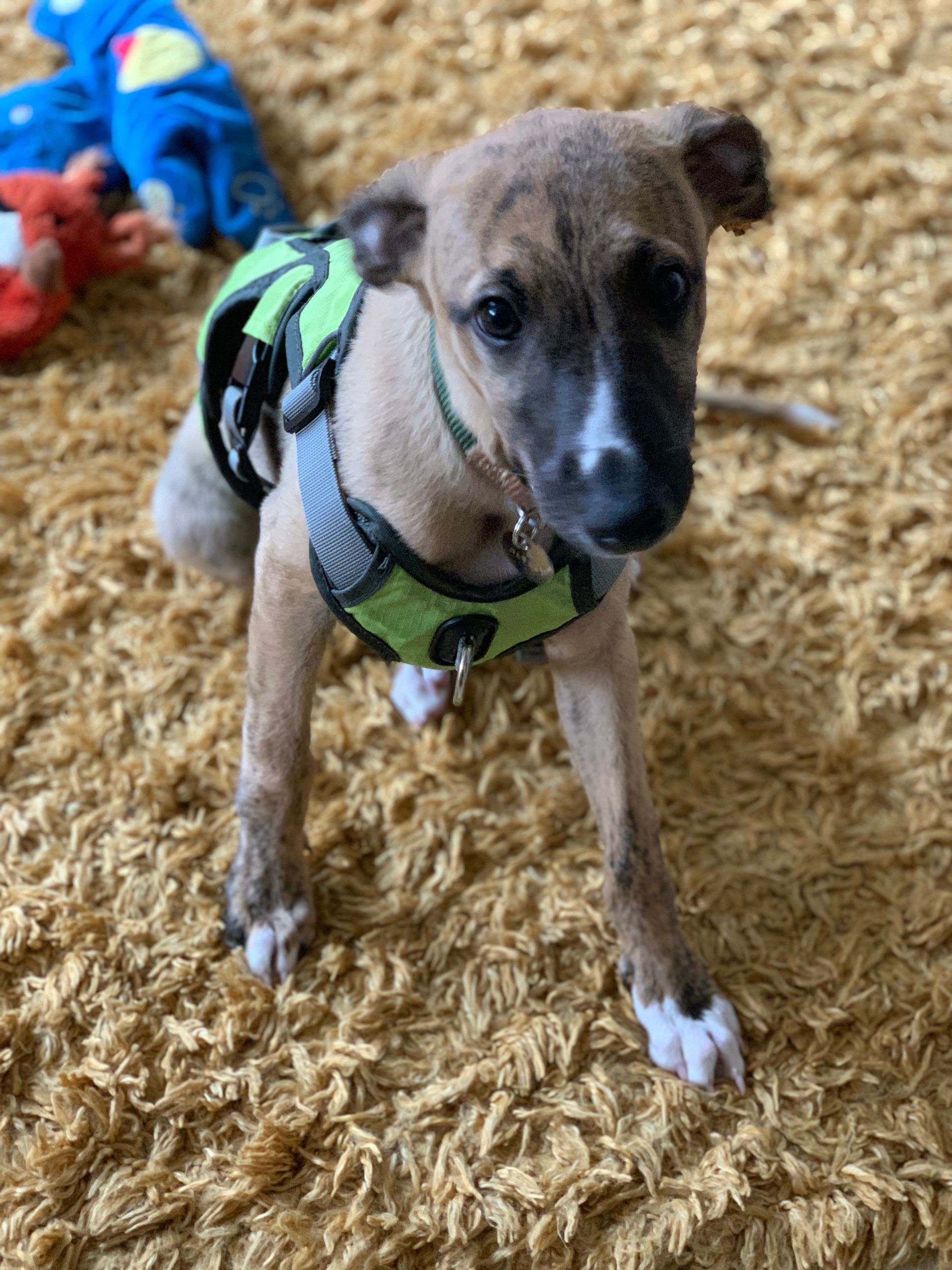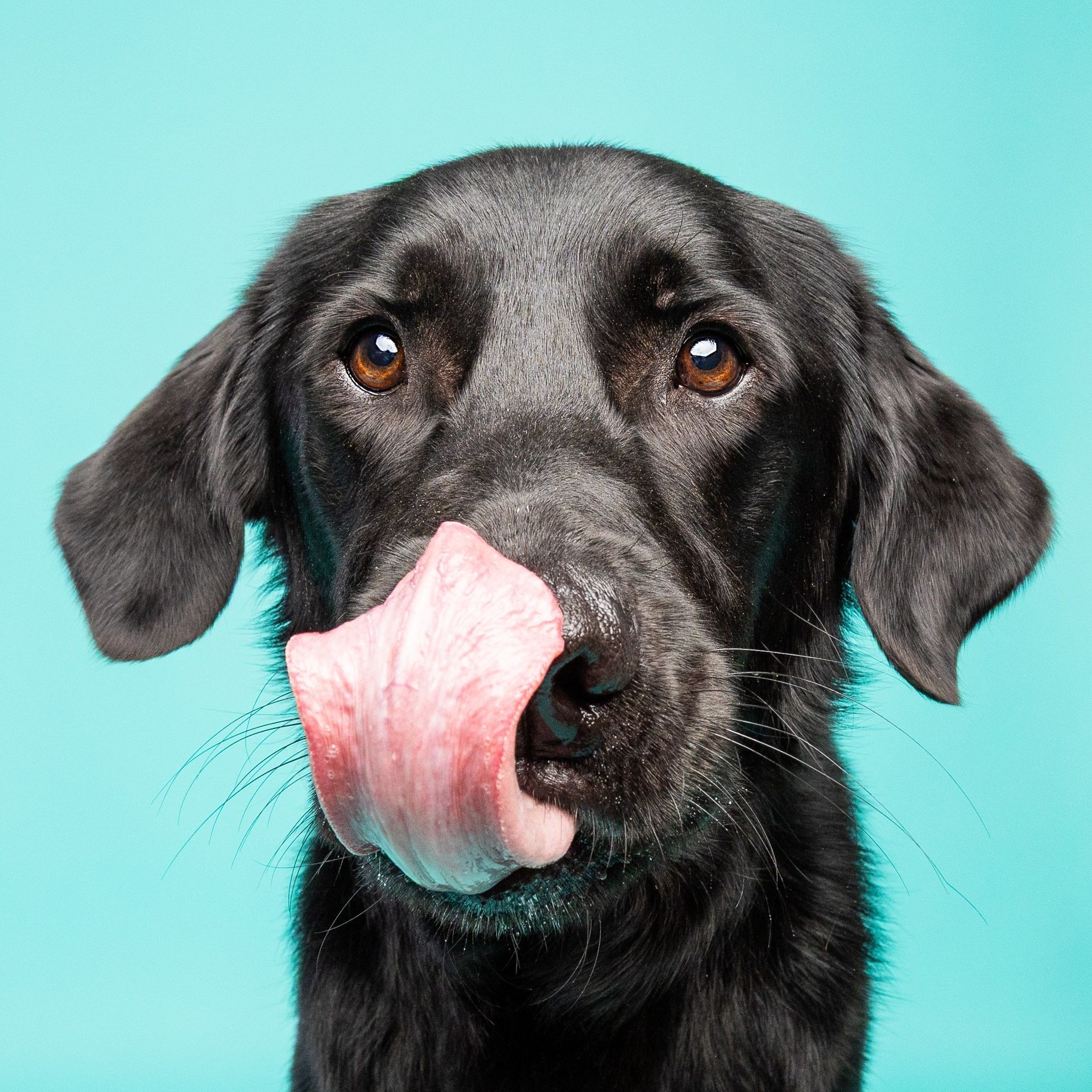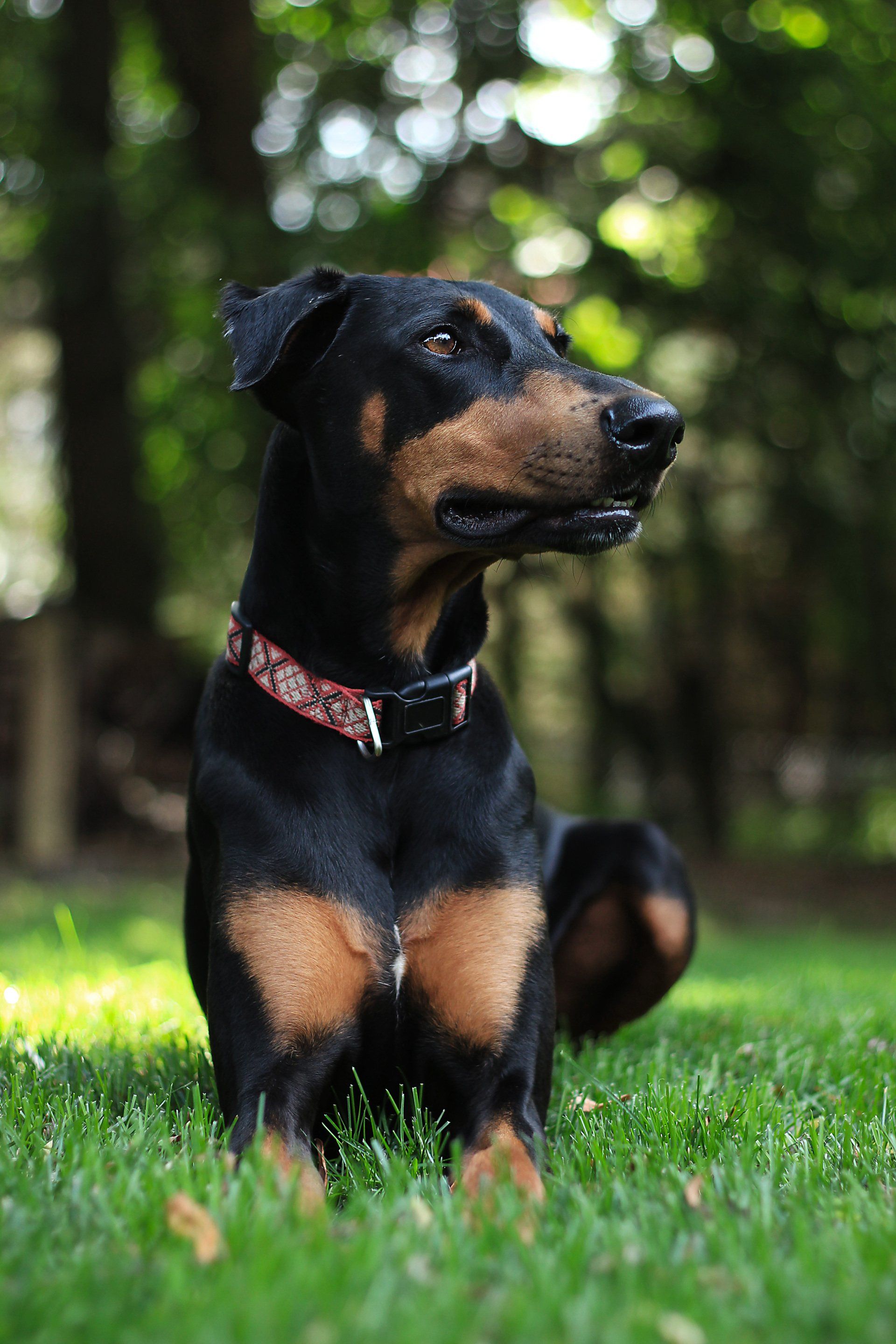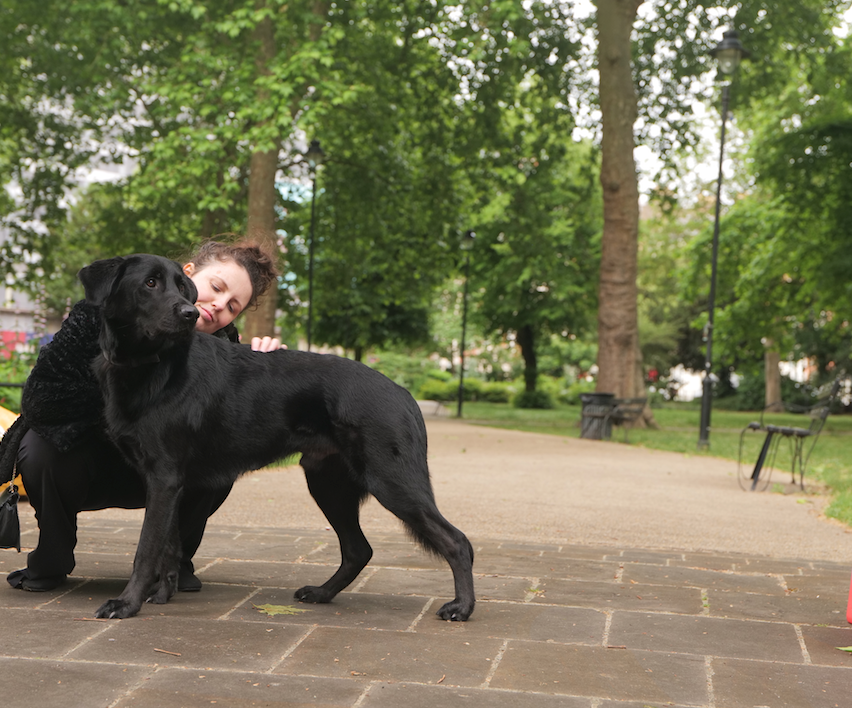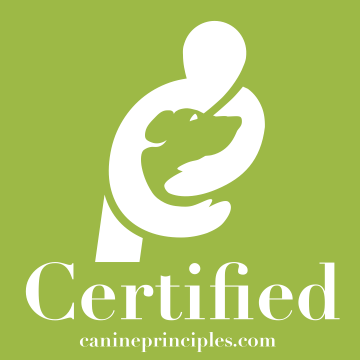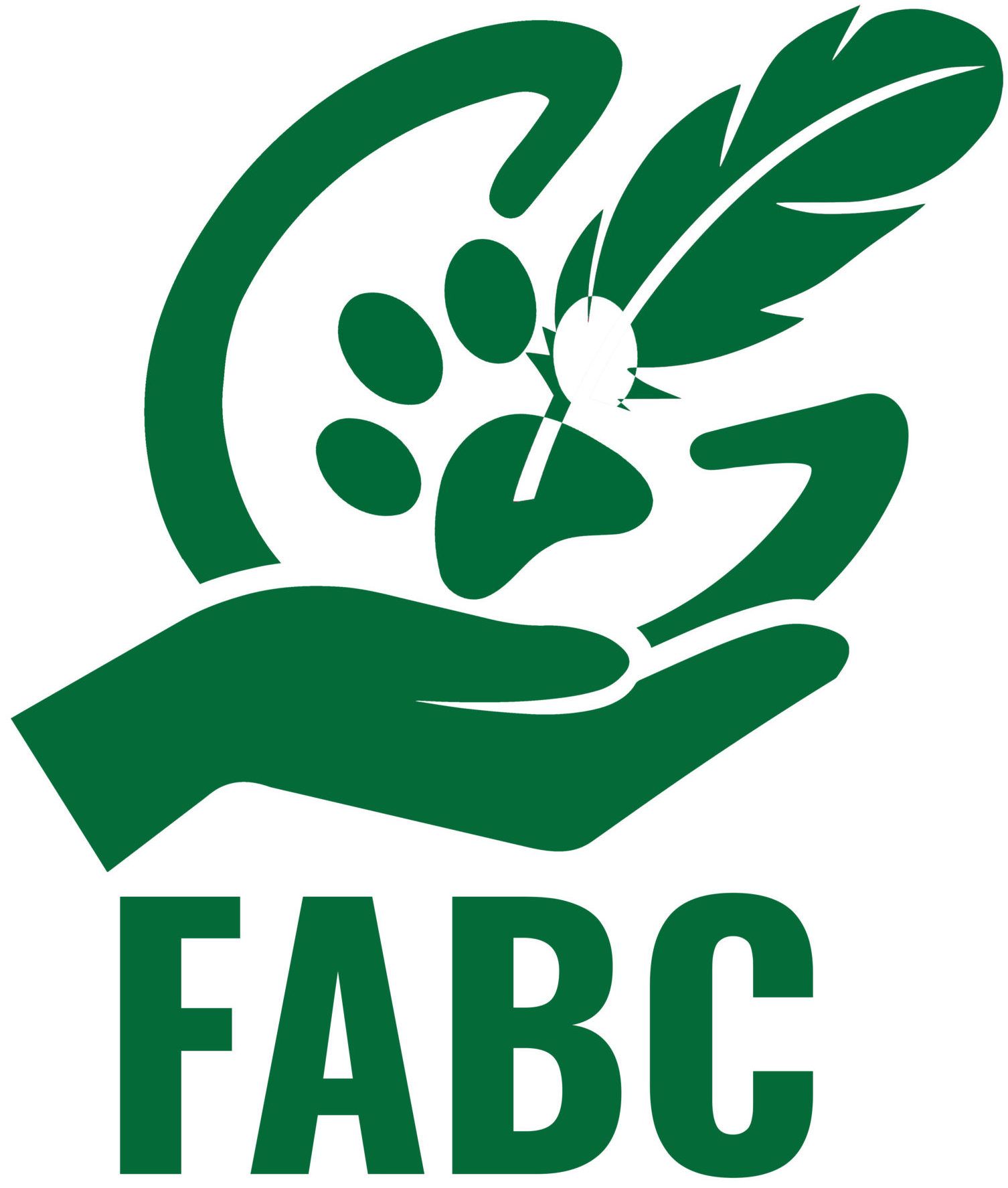ST PAWS PYRAMID OF REACTIVITY REDUCTION
Reactivity - the basics
Managing reactivity
What can be done?
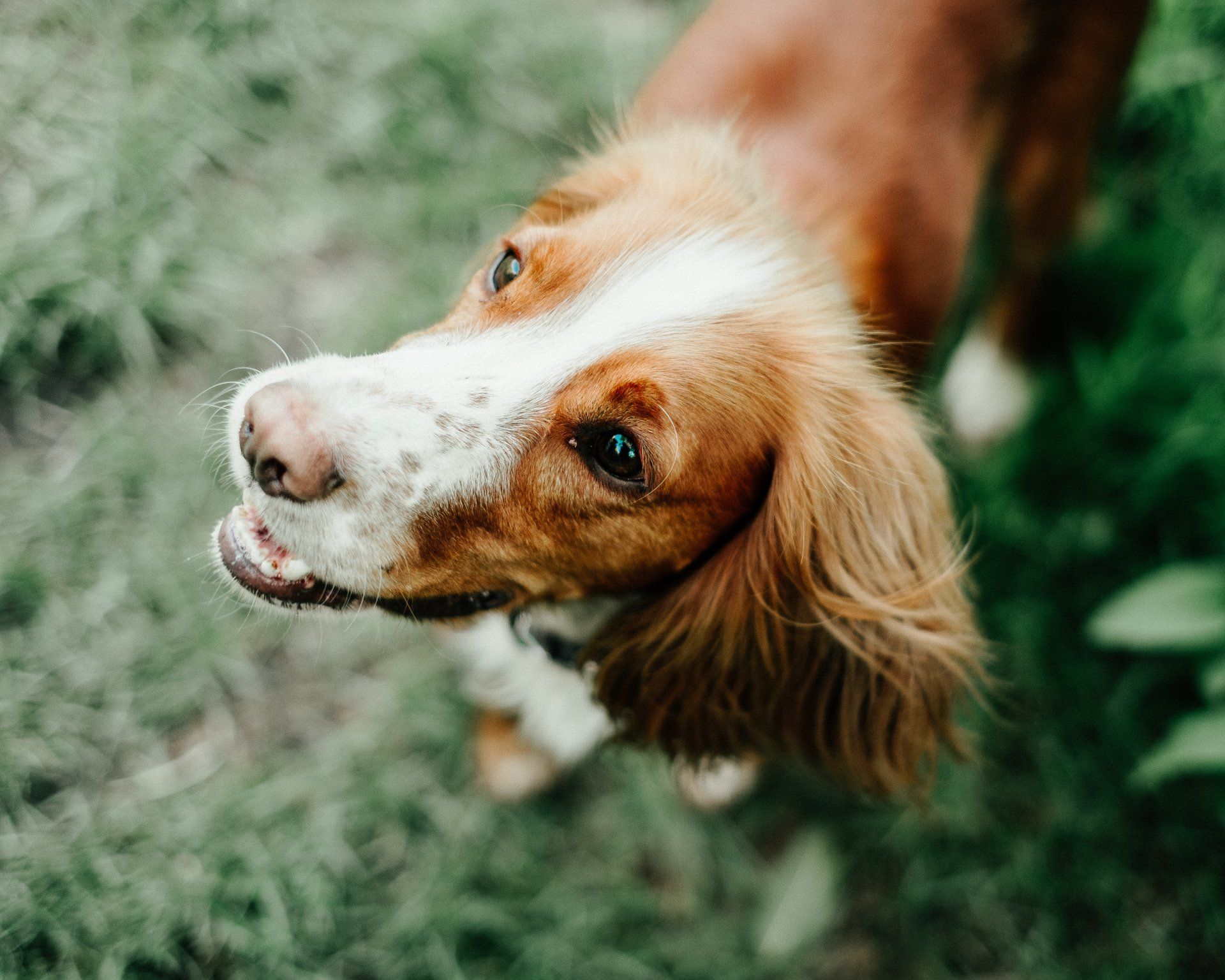
Follow our management advice on having a reactive dog. While this is not a cure it is some advice to help you and your dog in the meantime and prevent behaviours from being exacerbated and practiced.
If your dog has been showing reactivity for some time and you are finding things stressful you’re in the right place.
It can seem overwhelming. Remember that your dog is an individual and what will work for one dog may not work for another.
Here are 3 rules regarding reactive displays and how to approach them.
Rule 1: The right gear
Equipment such as martingale collars and prong collars can cause pain and discomfort and add to the stress a dog is already experiencing. Ensure that equipment you use is not frayed or damaged in anyway and that your dog cannot get out of their collar or harness.
Rule 2: Notice
Noticing body language signs that your dog is stressed is imperative. Being able to spot lower level signs of concern such as lip licking, yawning and shaking off can all be good ways to spot when your dog is not comfortable with an interaction. Responding to these signs of stress so they don’t exacerbate will mean you’ll be helping your dog. Dogs communicate all the time, we just need to know how to listen.
Rule 3: Management
Not placing your dog into situations that are too overwhelming is key. A dog can feel trapped in narrow spaces and if they are around lots of dogs in the park there calm state may actually be a freeze response. Recognising triggers, locations and situations (such as a dog coming round the corner) is all helpful as it means you can reduce their stress when possible. Life happens so we won’t always be able to deal with them but recognising certain situations that stress mean we ca. be equipped next time to avoid it if we can, work on it, or decompress the stress after it has occurred.
